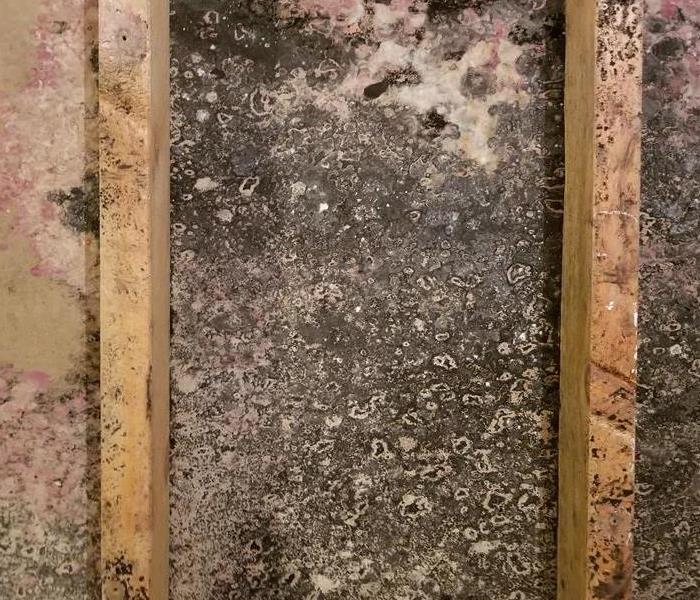Mastering Mold Crawlspaces: A Comprehensive Guide to Understanding and Addressing Mold Growth
10/29/2023 (Permalink)
Crawl spaces are susceptible to mold growth due to their enclosed, damp environment. Understanding how to prevent and address mold in crawl spaces is essential for homeowners. In this blog, we will explore effective strategies for mold prevention and remediation specifically tailored to crawl spaces, without discussing associated health risks or concerns.
Moisture Control in Crawl Spaces
Moisture control is vital in preventing mold growth in crawl spaces. Start by addressing any sources of excess moisture, such as leaks or poor drainage. Install effective vapor barriers or crawl space encapsulation systems to protect against ground moisture entering the space. Improve ventilation by adding vents or fans to ensure proper airflow and reduce humidity. Regularly inspect and maintain gutters, downspouts, and grading to divert water away from the foundation. By implementing these moisture control measures, you can create an environment less conducive to mold growth.
Crawl Space Insulation
Proper insulation in crawl spaces can mitigate the risk of mold growth. Make sure to choose insulation materials that are resistant to moisture and mold. Insulate the walls and floors of the crawl space to prevent condensation and temperature fluctuations. Seal any gaps or cracks to minimize the entry of moisture and outside air. Insulation not only helps regulate temperature but also reduces moisture buildup, creating an inhospitable environment for mold growth.
Regular Inspection and Maintenance
Regular inspection of crawl spaces is crucial for early detection and prevention of mold growth. Look for signs of water intrusion, such as damp spots, stains, or standing water. Check for condensation on pipes or insulation. Monitor for musty odors or indicators of excessive humidity. Keep the crawl space clean by removing debris and organic materials that can serve as food sources for mold. Regularly inspect and clean gutters and downspouts to prevent water from entering the crawl space. By conducting routine maintenance and addressing issues promptly, homeowners can reduce the likelihood of mold growth.
Professional Remediation
If mold is discovered in a crawl space, professional remediation is recommended. Trained experts can assess the extent of the mold problem and undertake the necessary steps for safe removal and remediation. They have the knowledge, equipment, and experience to decontaminate the area, remove affected materials, and restore the crawl space to a mold-free condition. Professional remediation ensures that proper containment measures are implemented to prevent mold spores from spreading to other areas of the home.
Maintaining a Healthy Crawl Space
In addition to mold prevention and remediation, homeowners can take further steps to maintain a healthy crawl space. Regularly monitor the humidity levels in the crawl space using hygrometers to ensure they stay within the recommended range of 30-50%. Consider installing a dehumidifier if necessary to control excessive moisture. Regularly inspect and clean vents to promote proper airflow and prevent blockages. Maintain proper drainage around the foundation to prevent water accumulation. Lastly, consider scheduling periodic professional inspections of the crawl space to identify any potential issues early on. By implementing these measures, homeowners can enjoy a mold-free and healthy crawl space environment.
Preventing and remediating mold in crawl spaces is crucial for maintaining a healthy home environment. By implementing effective moisture control, insulation, and regular inspection, homeowners can decrease the likelihood of mold growth in these enclosed spaces. In case of mold infestation, enlisting the help of professional remediation experts is recommended to ensure safe and thorough removal.





 24/7 Emergency Service
24/7 Emergency Service
